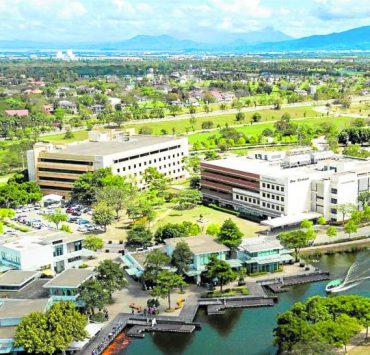‘Reinventing’ bamboo for sustainable construction
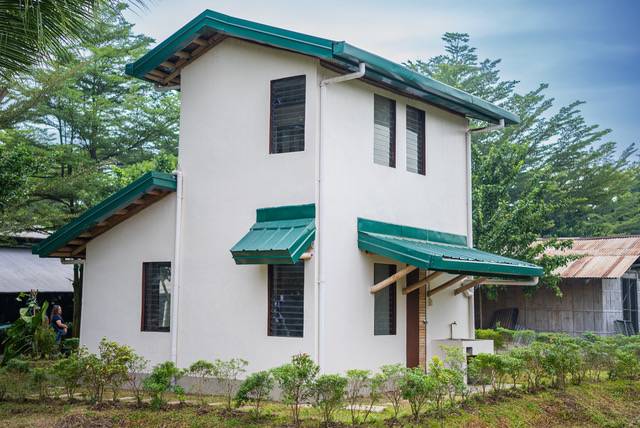
For a lowly grass, the bamboo is one of the most celebrated.
People have waxed poetic and written aphorisms about it. Described, among other things, as “expressing usefulness through simplicity,” even the iconic martial arts master and movie star Bruce Lee had his own bamboo quote: “Notice that the stiffest tree is most easily cracked, while the bamboo or willow survives by bending with the wind.”
The bamboo is even a metaphor for a strong foundation because of its strong root formation that withstands the fiercest storms.
Abundant in tropical countries around the world, the bamboo has been, among its many uses, the popular cheap, readily available building material for houses in the past.
But as edifices became bigger and taller, the bamboo was considered too flimsy to withstand human-made and natural disasters.
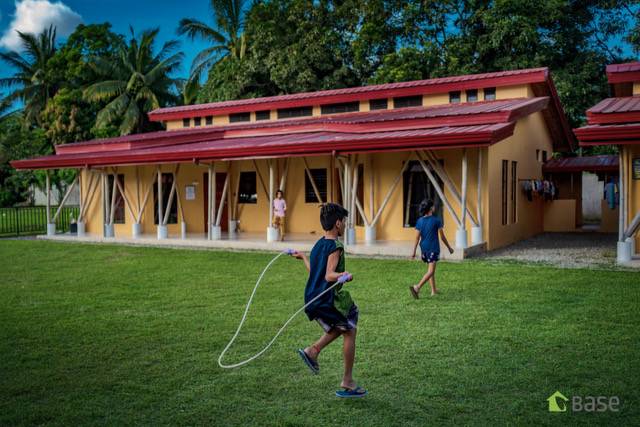
It is precisely, however, because of the increasing frequency and destructiveness of calamities that the Base Bahay Foundation Inc. is promoting the use of bamboo for sturdy but low-cost housing and other simple construction projects, including quickly needed emergency resettlement structures for disaster victims.
Cooler, cheaper than concrete
Base Bahay has developed the cement-bamboo frame technology (CBFT), “a shear wall system … that uses load bearing bamboo with metal connections and mortar cement plaster.”
Tested to resist typhoons, earthquakes, fire and insect infestations to ensure safety and reliability, the technology is accredited by the National Housing Authority’s Accreditation of Innovative Technologies for Housing.
Colombian engineer Luis Felipe Lopez, Base Bahay general manager, says “CBFT is a sustainable technology using sustainable materials” and its use reduces cost by 20 to 30 percent compared with cement. Construction is also easier and faster.
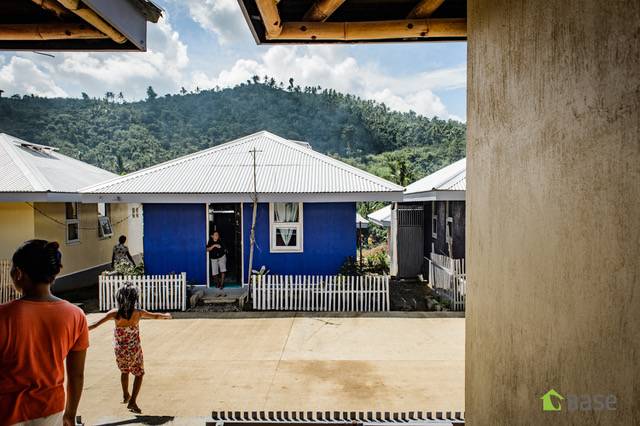
To build 1,000 homes takes about 200 hectares of bamboo, which could be quickly replenished.
In an increasingly warming world, Lopez adds that the new-technology bamboo houses cool faster at night than concrete structures.
Base Bahay has built 1,530 of those in the Philippines, including more than 200 homes for victims of the devastating Supertyphoon “Yolanda,” most of them in Tacloban City, Leyte, which was hit hardest by the natural calamity, and in the provinces of Samar and Eastern Samar.
Low density
CBFT lends itself easily to a variety of designs but the current state of the technology allows construction for only up to two stories, although the structure can stretch as broadly as needed.
“We’re working in low-density areas (where a building can be as wide as desired) and places where people do not know yet how to live in high-rises,” says Lopez, who has been in the Philippines since 2014 as Base Bahay’s head of product development for bamboo housing.
The South Asian country Nepal, famous for Mount Everest, Earth’s highest mountain above sea level and part of the Himalayas, has 796 homes; Nicaragua has 21; Sri Lanka, 16; and India, 4.
In the Philippines, local governments, probably because they have the space for building, have been more receptive to the idea of CBFT housing projects, Lopez says.
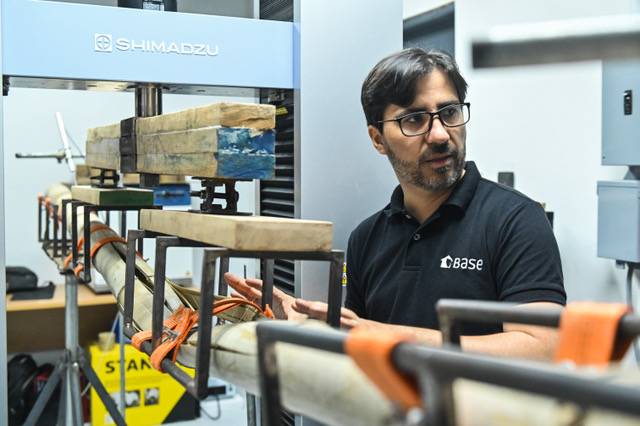
Before coming to the country, Lopez was a consultant of the Hilti Foundation in determining the best bamboo construction system for the Philippines. The foundation, a philanthropic nonprofit organization based in the European country of Liechtenstein, is a joint venture of the Hilti family and the Hilti group.
Hilti Foundation initiated the nonprofit Base Bahay that “provides alternative building technologies to enable a network of partners to build comfortable, affordable, disaster-resilient and environment-friendly houses with social impact.”
Center for bamboo tech
While Lopez is promoting CBFT to both public and private builders here and abroad, particularly those involved in low-cost housing projects, the Base Bahay’s new general manager is also pursuing another goal—make Manila the go-to destination for people wanting to know more about bamboo technology.
“I want to make Manila first in mind of bamboo researchers,” he says.
Building the Philippines’ reputation as a leading research hub for bamboo construction technology is already gaining traction. Base Bahay right now is hosting researchers from Lopez’s own country and Nepal, among others.
As Base Bahay continues to explore how to make bamboo a preferred option in construction, Lopez hopes to organize a network of contractors that will make CBFT part of the menu of building technologies.
With some 1,600 bamboo species, about a hundred of them suitable for construction, Lopez believes the modest bamboo is the way forward in a world increasingly focused on sustainability and worried about the adverse effects of climate change.















